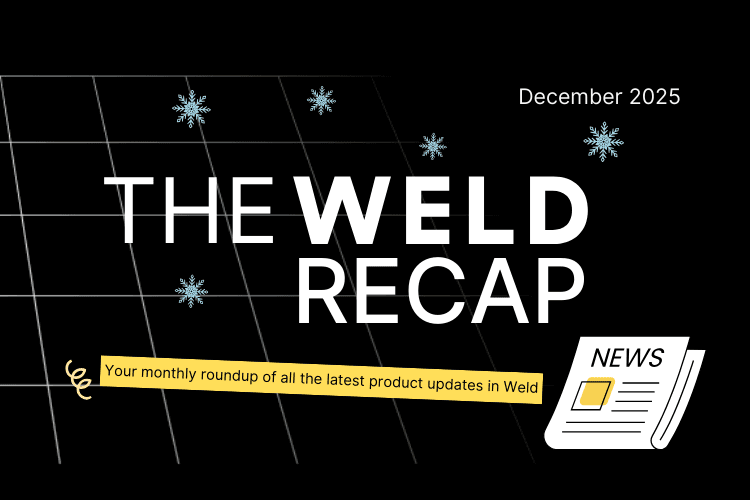SQL vs NoSQL: What’s the right choice for your data?
Choosing the right database architecture is a critical decision for any organization managing data at scale. Whether you're powering a high-traffic e-commerce site, managing IoT devices, or supporting complex financial analytics, the underlying data model can make or break performance, scalability, and flexibility.
So how do you choose between SQL and NoSQL? This article breaks it down — not just in theory, but with practical context and real-world examples. We’ll explore when to use each type, what the tradeoffs are, and how organizations are applying both in 2025.
What’s the difference between SQL and NoSQL?
At the simplest level:
- SQL databases (also known as relational databases) store data in structured tables with rows and columns.
- NoSQL databases (non-relational) store data in flexible formats like JSON, key-value pairs, graphs, or columns — no rigid schema required.
But this distinction goes deeper. Let’s compare some key differences in a more visual way:
| Feature | SQL | NoSQL |
|---|---|---|
| Data Structure | Table-based | Document, key-value, wide-column, graph |
| Schema | Fixed schema | Flexible or schema-less |
| Scalability | Vertical (scale-up) | Horizontal (scale-out) |
| Query Language | Structured Query Language (SQL) | Varies (JSON queries, APIs, etc.) |
| Use Case | Structured data, strong consistency | Unstructured or fast-changing data |
| Examples | PostgreSQL, MySQL, SQL Server | MongoDB, Cassandra, DynamoDB, Redis |
Real-world use cases
Let’s look at how some companies are using SQL vs NoSQL in 2025:
- Relational SQL in Fintech: A payment platform uses PostgreSQL to manage account balances and transactions. ACID compliance is critical — every transaction must be accurate and traceable.
- NoSQL in E-Commerce: A global retail brand relies on MongoDB to store dynamic product catalogs in multiple languages. Its document-based model makes it easy to add fields for new regions or campaigns without changing the entire schema.
- Hybrid Models: Many companies use both. A ride-sharing app might use PostgreSQL for user and payment data, and Redis (a key-value store) to cache active ride locations for low-latency map rendering.
SQL databases: strengths & limitations
Relational databases are ideal for structured data where relationships matter — think customer orders, inventory, financial records. They’re time-tested and great for systems that require strong consistency.
✅ Advantages:
- ACID transactions ensure data integrity
- Mature query language (SQL)
- Strong analytics and reporting capabilities
⚠️ Challenges:
- Not ideal for rapid schema changes
- Scaling often means upgrading hardware (vertical scaling)
NoSQL databases: strengths & tradeoffs
NoSQL databases offer speed and flexibility. They're perfect for unstructured or semi-structured data and modern apps that evolve quickly.
✅ Advantages:
- Schema flexibility for fast development
- Horizontal scaling for high-traffic workloads
- Supports diverse formats: documents, graphs, key-value pairs
⚠️ Challenges:
- Complex relationships can be harder to model
- Query capabilities vary across NoSQL types
- Some NoSQL systems trade consistency for availability
When to use SQL vs NoSQL
Here’s a quick decision guide:
| If you need... | Use... |
|---|---|
| Complex queries and transactions | SQL |
| Fast development with flexible schema | NoSQL |
| Strong data consistency | SQL |
| Large volumes of semi-structured data | NoSQL |
| High-performance analytics and joins | SQL |
| Real-time updates and low latency | NoSQL (especially Redis or DynamoDB) |
SQL vs NoSQL in 2025: Market trends
According to Coursera, more organizations are adopting a hybrid approach — combining relational and non-relational databases based on specific workloads.
Also, research from GeeksforGeeks highlights the continued rise of real-time data and microservices as drivers of NoSQL adoption.
Still, SQL isn’t going anywhere. Tools like PostgreSQL, SQL Server, and MySQL remain foundational in industries like finance, healthcare, and logistics — where structure and stability are non-negotiable.
A quick look at the top tools (2025)
🔗 Popular SQL Databases
- PostgreSQL – Open-source, reliable, and highly extensible.
- MySQL – Widely used open-source database, known for speed and ease of use.
- Microsoft SQL Server – Enterprise-ready with robust security and integration features.
- Oracle – Powerful commercial DBMS known for scalability and performance.
🔗 Popular NoSQL Databases
- MongoDB – Document-oriented and highly flexible for semi-structured data.
- Cassandra – Distributed, high-availability DB designed for large datasets.
- DynamoDB – Fully managed NoSQL service by AWS with low-latency performance.
- HBase – Scalable, column-oriented store built on top of Hadoop.
- Couchbase – Distributed document store for fast and flexible application development.
- Redis – In-memory key-value store, great for caching and real-time analytics.
- Neo4j – A leading graph database for querying relationships between data points.
- Azure Cosmos DB – Globally distributed, multi-model NoSQL database by Microsoft.
Bringing it full circle: SQL and NoSQL in Weld
At Weld, we know that modern companies often need to combine both approaches. That’s why our platform supports over 200+ connectors — including relational systems like PostgreSQL and MySQL, as well as NoSQL solutions like MongoDB and Redis.
And now, we’re excited to announce that Azure Cosmos DB is also available as a data source in Weld — enabling teams to sync their NoSQL data into their data warehouse with just a few clicks.
Whether you’re analyzing real-time traffic, modeling customer behavior, or consolidating data from multiple platforms, Weld helps you make the most of it.
Final thoughts
There’s no “best” database — only the right one for your needs. SQL and NoSQL each bring powerful advantages depending on your goals, infrastructure, and data types. As data strategies evolve in 2025, knowing when and how to use each one can be a game-changer.
If you're ready to explore how SQL and NoSQL data can power your analytics, get started with Weld for free today.












